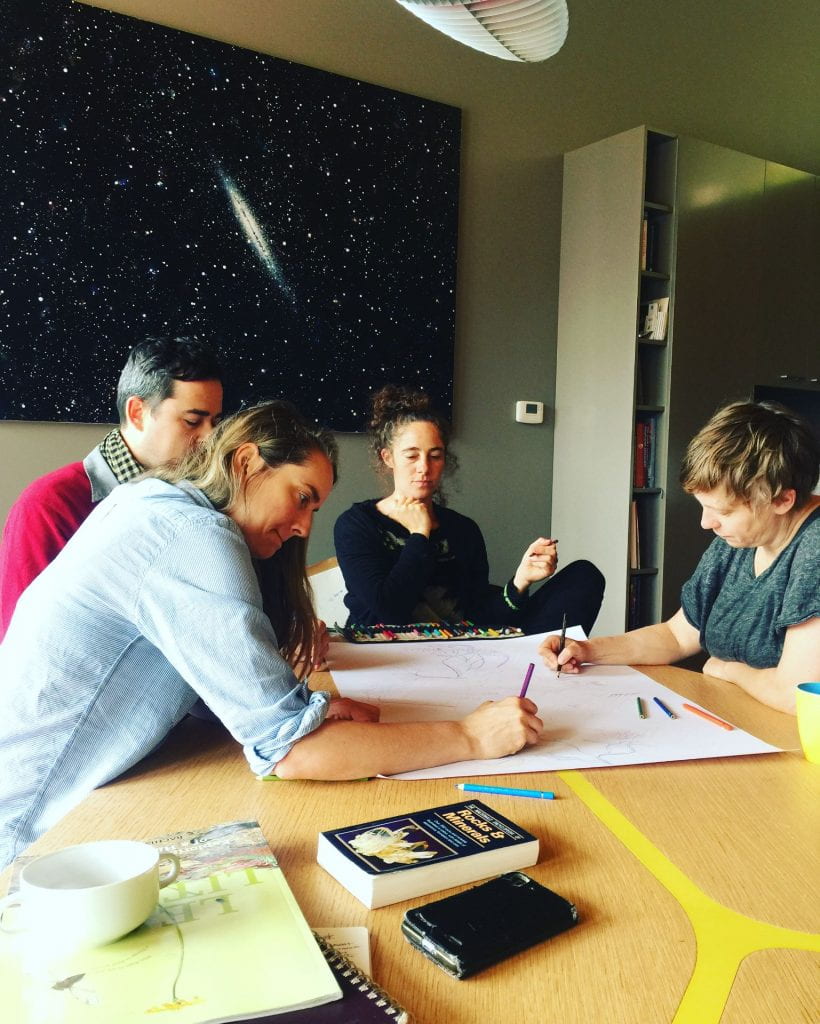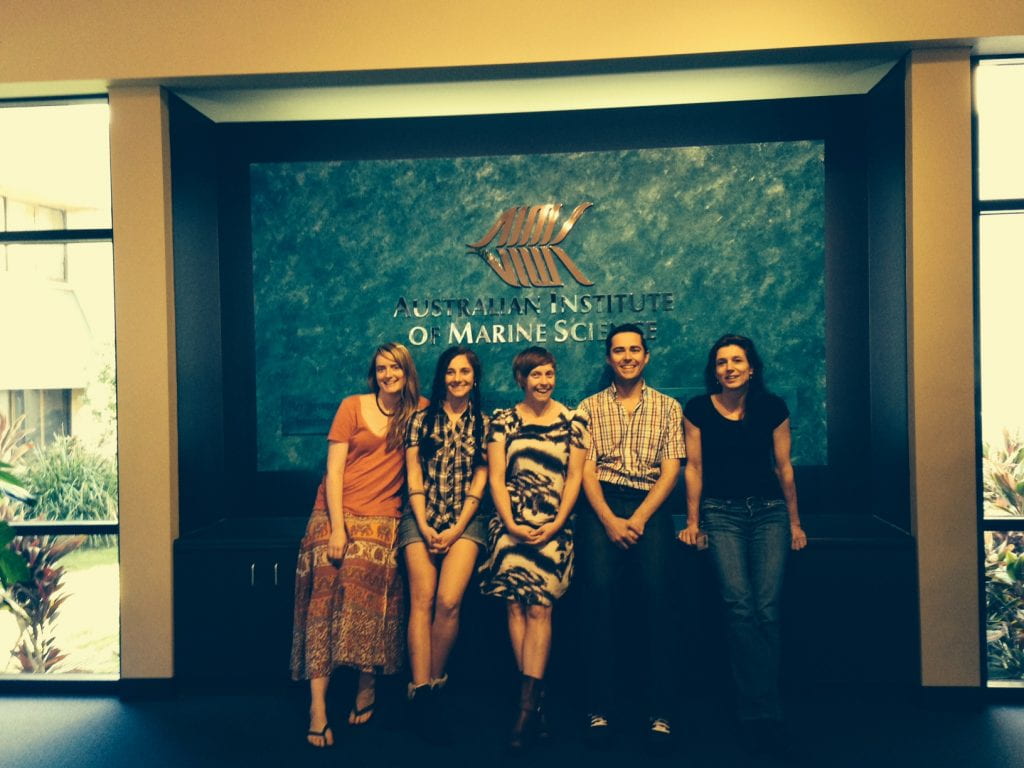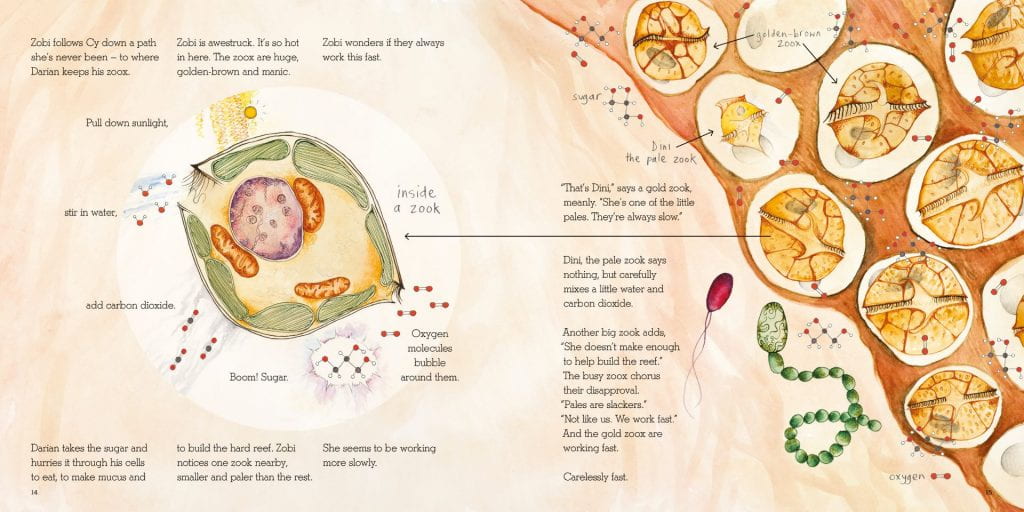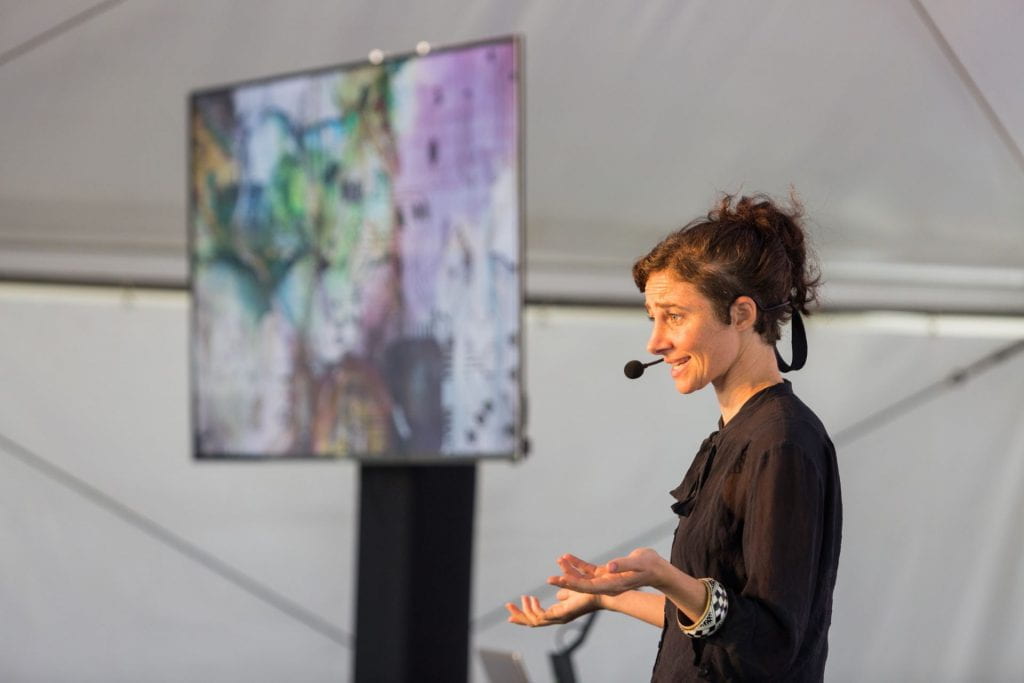
Feature Friday: Aviva Reed
This Feature Friday, I’m thrilled to introduce you to another of our former students, Aviva Reed.
Aviva Reed started her journey with a Bachelor of Science at the University of Tasmania, then moved to study a Masters of Environments at the University of Melbourne. During her Masters, she began to branch towards science communication and education.
“I had a background in activism and campaigning. I didn’t start science for that purpose, but as I went along, I realised that there was such a deep lack of knowledge of ecological systems within the community. I think that telling stories about the beauty of the world can inspire people to care, and then do something about it”, Aviva said through Zoom in an interview with me
She’s since kicked off her career as a visual ecologist, specialising in science picture storybooks.
Small Friends Books, big picture stories
Aviva is part of the Small Friends Books team: a collaborative group of six artists and scientists, who write science adventure picture storybooks. They’re in their seventh year of collaboration, and have just launched their fourth book in the series with CSIRO publishing.

The group was started by Gregory Crocetti, a microbiologist with a vision to share the beauty of the science of mutualism – an ecological interaction between two or more species, where each benefit.
“Up until the 70’s, most papers on symbiosis were about predation (where one species survives by consuming another species), and written mostly by men. It wasn’t until more females joined the field that the question “how can organisms help each other?” started being asked.”
Since then, a lot of incredible interactions have been discovered, many of which benefit both organisms and the planet. Each book in the Small Friends series focusses on a different mutualistic relationship, from worms and trees to squids and bacteria. To write each book, the Small Friends Books team spent time with researchers who were experts in the mutualistic relationship, to make sure the science was accurate and current.

But the books don’t just explain the science. They tell the story through an adventure arc, where our “characters” are real species who meet different microbes and organisms along the way. The books definitely don’t shy away from the complexities of the science underneath, but instead support the theory with detailed and engaging visuals. As the illustrator, Aviva had to make decisions based on the way these organisms were shown.
“I didn’t put googly eyes on things as you might see in an animation, but they have a sense of character based on elements naturally found in the organisms. One of the books, Nema and the Xenos, talks about a “guardian hemoctye“, which has a big nucleus that almost acts like a face. And in Zobi and the Zoox, cyanobacteria (blue-green algae) have facial-like markings based off the patterns found in the bacteria, which sort of resemble tribal patterns.”

The official age group for this book series is upper-primary levels, but the books all have multiple entry points for readers of all ages to understand and learn from the material. Each book also comes with free teacher notes available for download.
“We kind of created a genre called Science Adventure Stories. This style has been adapted in some high schools by assigning students the asks of writing their own adventure story, as a way of focussing their research on the narrative and storytelling of science”
If you’re wondering that a science adventure story looks like, here’s the trailer for their most recently published book, The Forest in the Tree.
The books also are the basis for workshops exploring the world of microbes, which Aviva co-designed and delivers to schools.

EON
Aviva has also published her own book, EON – the story of Fossils. In this book, she explores the current theory of evolution, using extraordinary illustrations and scientific prose. The book goes through each significant period in earth’s history, with beautiful hand-drawn art and words that tell the story of how the earth and it’s ecosystem has formed and changed over time.


From the ground up
On top of all this, Aviva also teaches a gardening program in primary schools. Students learn about composting, matter cycles, energy flow, hydrology and fungi, among many other things! By raising young people to have an understanding of how the earth works, hopefully we can raise a society that truly values nature.
“The idea is to get them used to the language at an early age, and once you start talking about things like matter cycles, you can’t help but also talk about atoms and more details. We experiment by burying things and seeing what decomposes most. Then things like compost can spark inquiry, curiosity and awe, instead of it being dirty, and the kids take more interest.”

The bigger picture
I asked Aviva, as I do with all of our Features, what she thought was a key component of good science communication. She explains that the setting is just as important as the content:
“I think it’s important to put things into larger context. I’m a big fan of bringing the micro and meta together, and showing the vastness of the system. Things don’t happen in isolation.”

Aviva is currently doing her PhD at La Trobe University, where she will research reframing ecology through practice-based research.
You can stay tuned by follow her on Instagram at @aviva_reed, see more of Aviva’s amazing artwork on her website, www.avivareed.com, and learn more about her book EON.
Also check out the Small Friends Books website for information on all of their books, as well as their Instagram, Facebook and Twitter pages. You can purchase their books from CSIRO Publishing.
– Written by Rosie Arnold
Categories